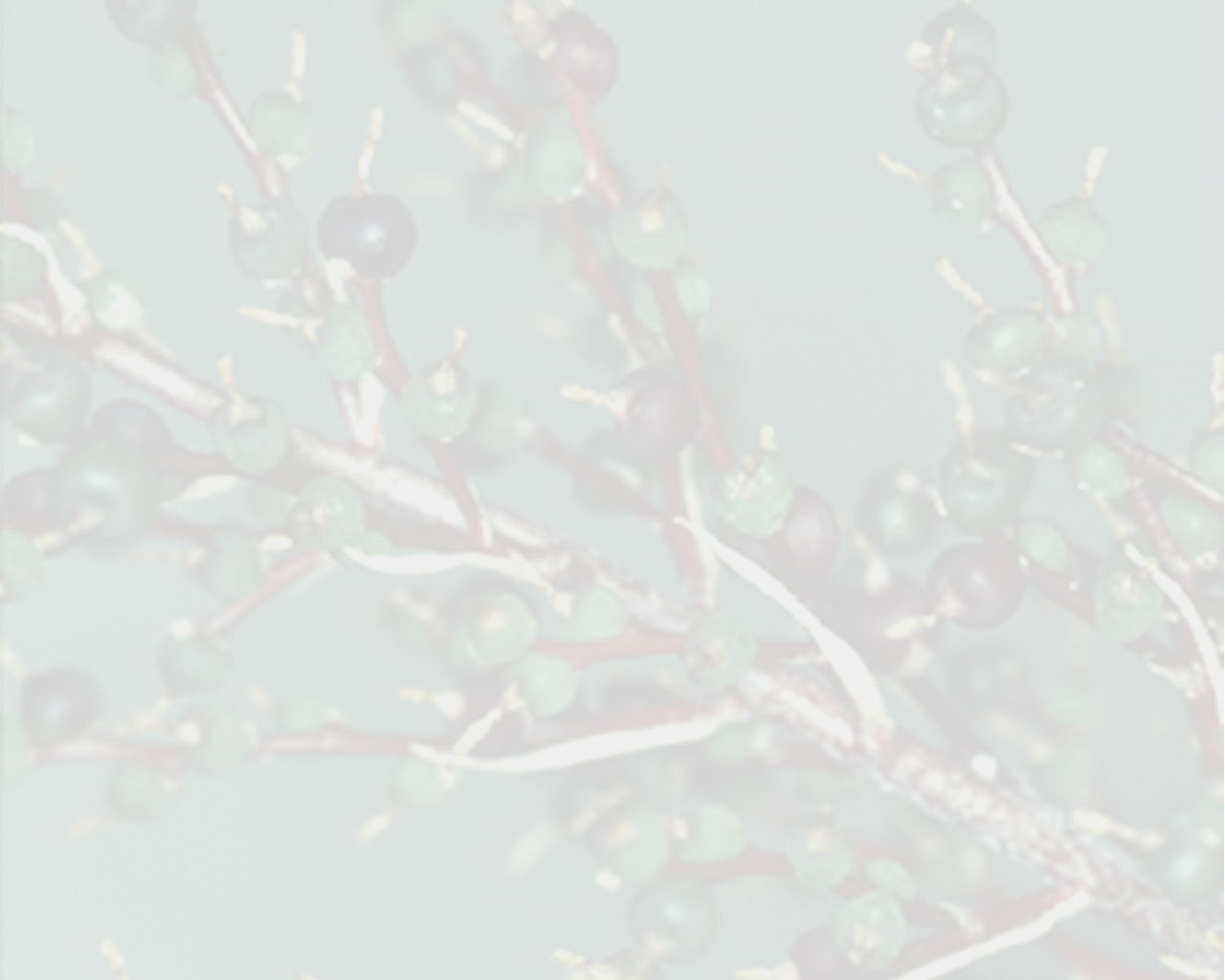

plant epiphytic, 28–50 cm tall, propagating by stolons 10–20 cm long, 0.4–0.5 cm in diameter. leaves 8 to 12, subchartaceous, forming at base a narrowly ellipsoid to funnelform rosette, suberect above; sheath elliptic, 8–12 x cm, subdensely and inconspicuously pale brown-lepidote, pale colored abixially, green, slightly reddish or wine colored adaxially and toward the apex; blade narrowly linear, slightly if at all narrowed toward the base, 13–24 x 2–3 cm, entire, glabrescent, finely nerved, lustrous, green, apex narrowly acute and apiculate to acuminate. inflorescence: peduncle erect, 12–20 cm long, 0.2–0.3 cm in diameter, sparsely and inconspicuously whitish-sublanate to glabrescent, light green to wine colored; peduncle bracts linear-lanceolate, 2.5–5 x 0.5–0.6 cm, apex acuminate, membranaceous, pale colored to stramineous, glabrous, entire, finely nerved, erect, slightly exceeding the internodes and imbricate, but not completely covering the peduncle; fertile part laxly paniculate, twice-branched at the base and once-branched toward the apex, erect, longer than the leaves, 12–20 cm long, 7–18 cm in diameter, inconspicuously and sparsely pale sublanate (except for the petals) to glabrescent; primary bracts the basal one resembling the upper peduncle bracts but dis tinctly smaller, slightly exceeding to equaling the stipes, the upper ones narrowly triangular, acuminate-caudate, 4–10 x 1–2 mm, equaling to distinctly shorter than the stipes; primary branches 6–11 laxly arranged, 3–7 cm long, suberect to nearly spreading, slightly if at all ascending toward the apex, bearing at apex an inconspicuous coma of sterile bracts, 7–20-flowered and bearing i to 4 secondary branches, rachis straight to slightly flexuous, terete, 1–1.5 mm in diameter, green with red spots to wine colored, stipes 10–20 mm long, ca 1.5–2 mm in diameter, slightly complanate, green with red spots to wine colored; secondary bracts resembling the floral bracts; secondary branches 1–5 cm long, laxly arranged, 4–18-flowered, stipes 5–10 mm long; floral bracts inconspicuous, ovate, apex acuminate-caudate, 1.5–2 x 1–1.5 mm, distinctly short er than the pedicels to slightly shorter than the ovary. flowers 7–9 (–11) mm long when petals extended, laxly and polystichously arrranged, spreading to reflexed, odorless; pedicel distinctly contrasting with the ovary, 1–3 (–4) mm long, 0.7–1 mm in diameter, light green to wine colored, glabrous to inconspicuously pale-lepidote, trichomes fimbriate, bearing adaxially an obtuse callosity in the connection with the radius; sepals subsymmetrical, subreniform to suborbicular, membranaceous, obtuse and minutely apiculate, 1–1.5 x 1–1.5 mm, including the ca 0.2 mm long apiculus, shortly connate at base for ca 0.5 mm, light green, glabrous to inconspicuously pale-lepidote, trichomes fimbriate; petals obovate, apex rounded and slightly emarginate to inconspicuously cucullate, ca 4 x 2 mm, suberect to nearly spreading at anthesis, free, greenish-white, naked. stamens included; filament free, terete, ca 2 mm long; anther sublinear, ca 1.5 mm long, base obtuse, apex apiculate, dorsifixed near the base; pollen narrowly ellipsoid, sulcate, yellow, exine rugulose. pistil: style exceeding the petals at anthesis; stigma conduplicate-spiral, globose, white, margins entire or nearly so; ovary subglobose to ellipsoid, narrowly ovate at base, pale green to dark green, smooth to inconspicuously sulcate mainly after anthesis, ca 1.5 mm long, ca 2 mm in diameter epigynous tube inconspicuous; placentation apical; ovules few, apiculate. fruits globose, ca 5 mm in diameter, green at first, becoming black at maturity.Edited from (7---0-2019): Siqueira & Leme 2006. Taxonomia das bromélias dos fragmentos de mata atlântica de Pernambuco e Alagoas in Siqueira F., J.A. & Leme, E.M.C., Fragmentos de Mata Atlântica do Nordeste, Biodiversidade, Conservação e suas Bromélias. Andrea Jakobsson Estúdio, Rio de Janeiro.